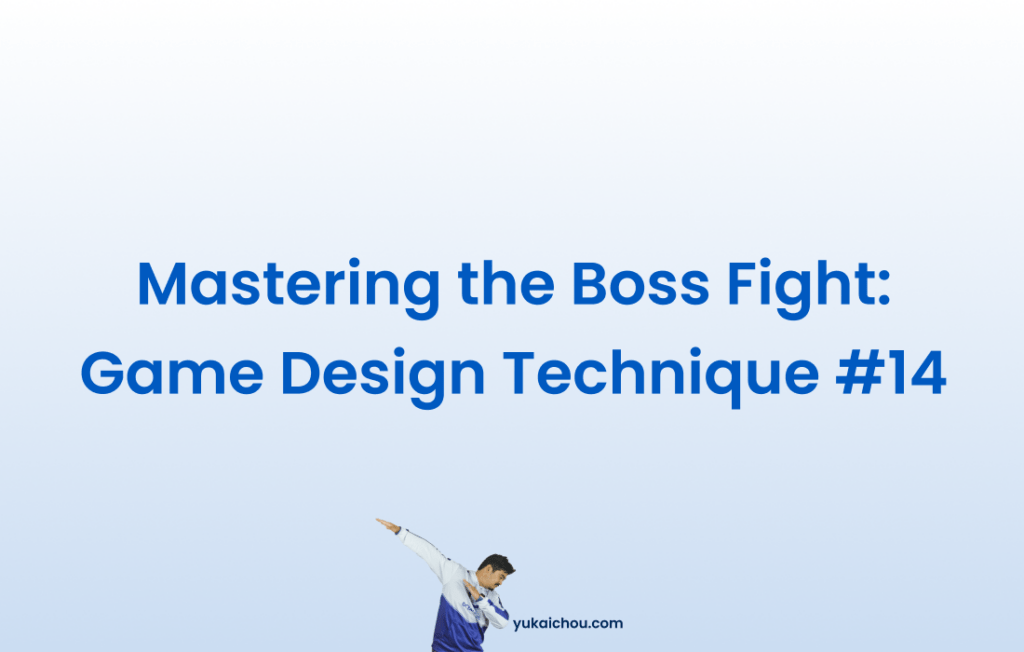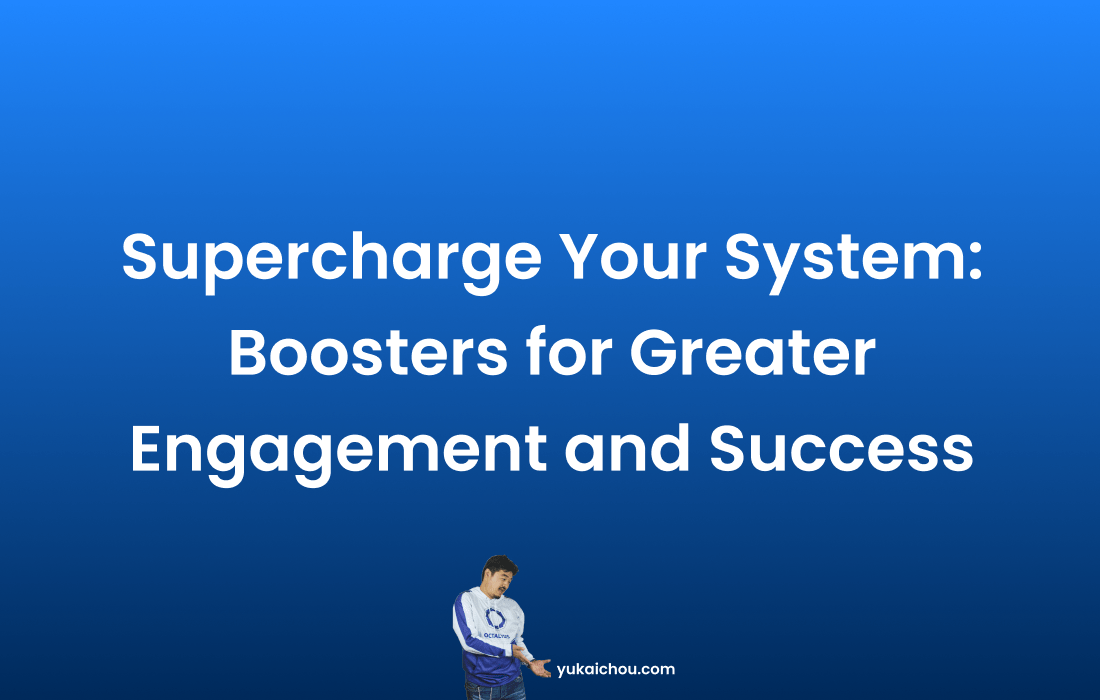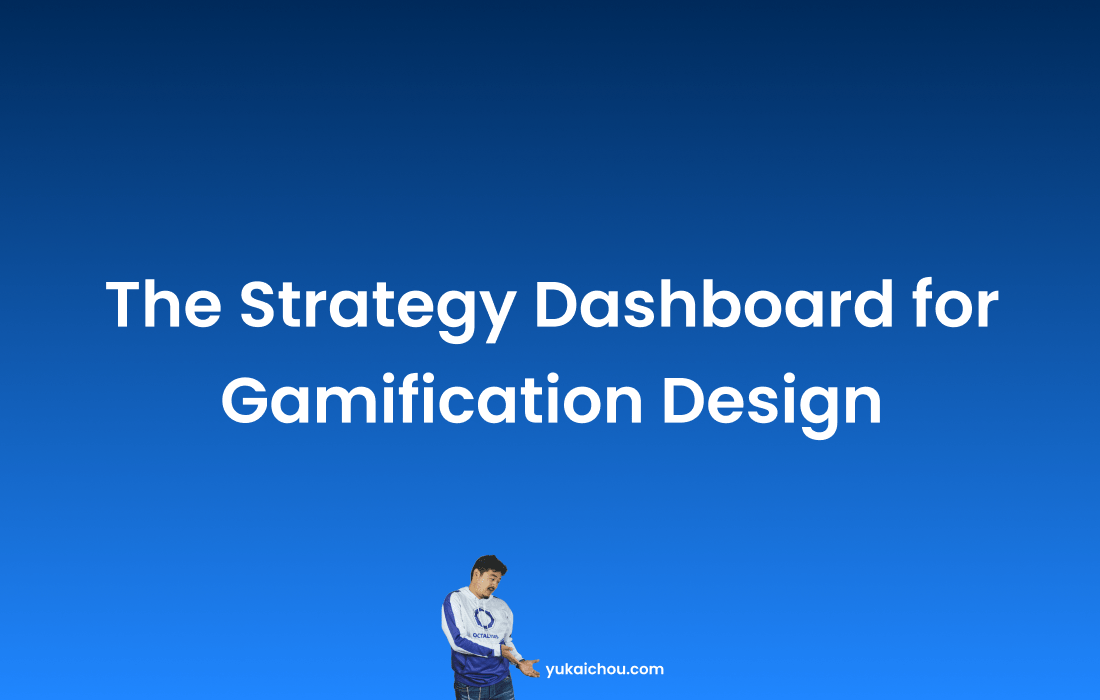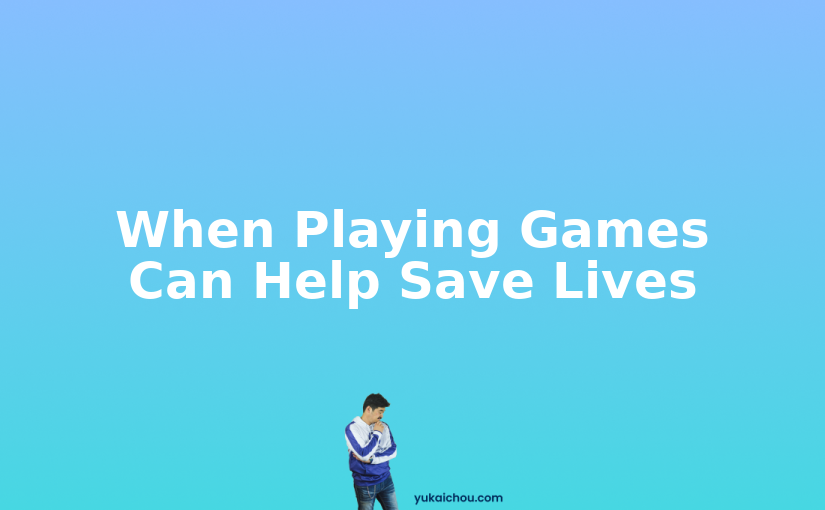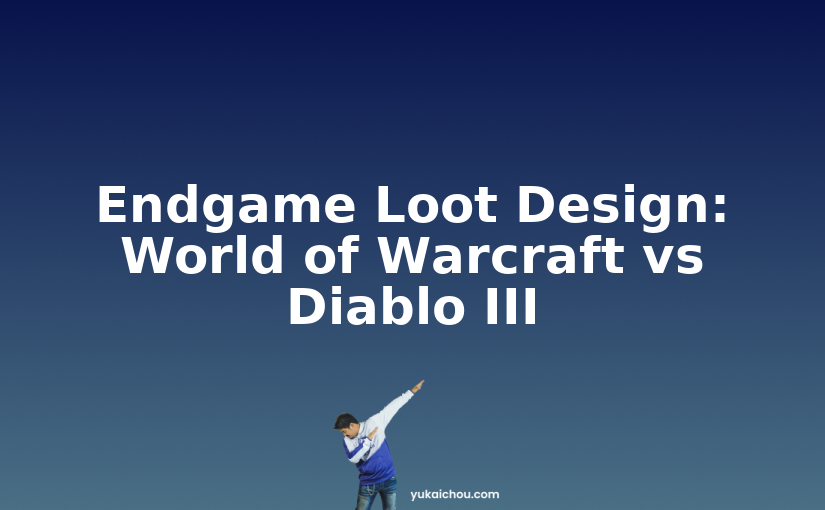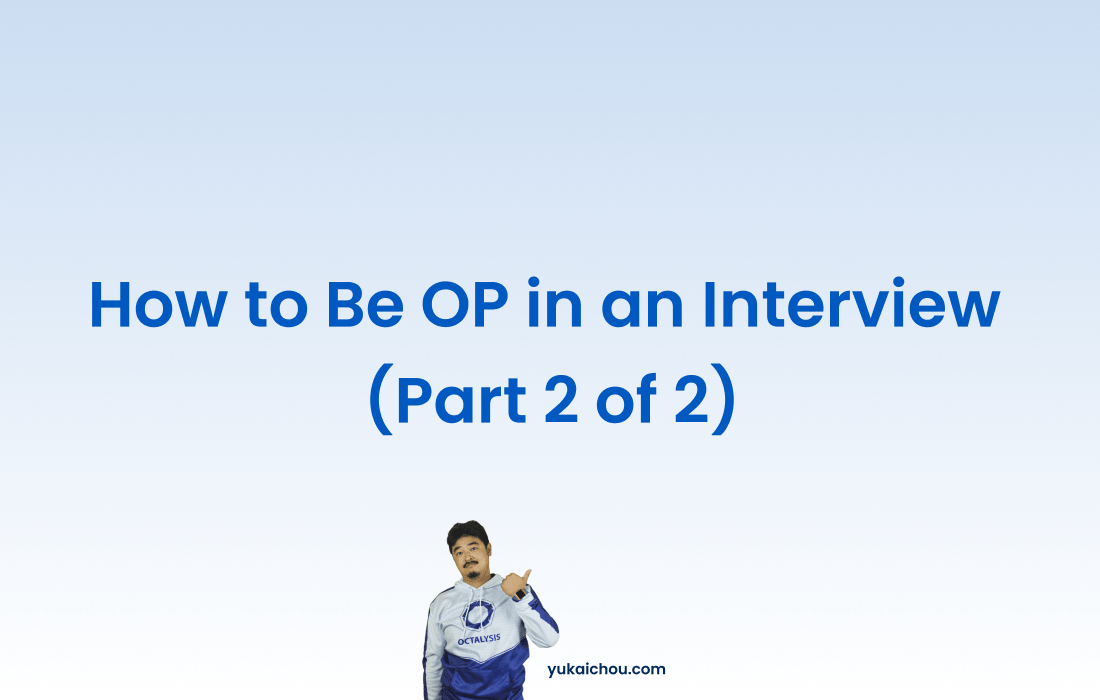Greetings game enthusiasts, today we are going to delve into another powerful game design technique – the Boss Fight. Identified as Game Design Technique #14, this popular and well-established methodology has been used effectively in numerous games and narratives. Why has it become so popular, you ask? The answer is simple – it works! The Boss Fight is an ingenious technique that delivers engaging, challenging experiences that test players’ skills and resources.
What is a Boss Fight?
A Boss Fight represents a significant, challenging hurdle in the gameplay narrative that requires players to utilize all previously acquired resources and learned skills. It represents a shift from smooth, easy-going gameplay to a high-tension situation. This switch brings in Core Drive 2: Development & Accomplishment, as the player feels a sense of achievement in overcoming a formidable challenge.
Imagine playing a game where everything runs smoothly, and the flow is enjoyable without significant hiccups. Sounds delightful, right? However, you might realize that while the game is fun, it may lack a certain “kick,” a sense of accomplishment that comes with overcoming a significant obstacle. Herein lies the role of the Boss Fight.
The Psychology Behind Boss Fights
When a game integrates Boss Fights, it tactically uses Core Drive 6: Scarcity & Impatience to make gameplay more challenging and valuable. By requiring more resources, learned skills, and mental capacity from the player, the Boss Fight injects a shot of adrenaline into the gaming experience. The juxtaposition of easy-going gameplay with intense, high-stakes challenges builds excitement and anticipation.
Classic Examples of Boss Fights
Let’s delve into some classic examples of Boss Fights in video games. A widely recognized example is Bowser, the formidable Koopa from Super Mario World. While navigating through various stages of the game, the player has to jump on platforms, throw shells, and overcome smaller hurdles. However, facing Bowser is an entirely different ball game. His larger size and intimidating posture signify that the player has entered a high-stakes challenge that will test their skills and resources.
Similarly, in the Legend of Zelda series, the main character, Link, is faced with the terrifying Ganondorf. As a powerful warlock, Ganondorf demands a high level of focus and the application of all the skills the player has learned throughout the game.
Boss Fights Beyond Video Games
Interestingly, Boss Fights are not restricted to video games. They have found their way into other forms of media, such as movies. A smooth storyline can often leave the audience desiring a significant showdown or climax, giving them a sense of accomplishment as the protagonists overcome their biggest challenge.
Take, for example, the classic sci-fi horror film Aliens. While the protagonists fight numerous aliens throughout the movie, the climax presents a one-on-one match between the lead character and the formidable Alien Queen. This final showdown amplifies the tension and provides a satisfying, adrenaline-fueled conclusion to the story.
Fans love a good showdown, and the bigger the boss, the better. Another shining example is the Marvel Cinematic Universe’s showdown between the Avengers and the notorious Thanos. Thanos, a powerful villain who could control all power with his infinity gauntlet, was a formidable boss. His might was such that it took the combined effort of all Avengers to defeat him. This final showdown kept the fans on the edge of their seats, delivering an exhilarating conclusion to the narrative.
The Not-so-good: Less Than Satisfactory Showdowns
While Boss Fights generally add an exciting element to a narrative, some examples are less than satisfying. The 2000 movie Gladiator is a case in point. This film features several individual boss fights, but the final showdown leaves much to be desired. In the climactic scene, the warrior Maximus is pitted against the arrogant prince Commodus.
Before the fight, Commodus, afraid of losing, stabs Maximus, inflicting a mortal wound. Even so, the severely weakened Maximus overpowers and defeats Commodus, just to die shortly afterward from his pre-battle wound. While the scene carries significant narrative weight, it falls short as a Boss Fight. Maximus’s imminent death and his easy overpowering of Commodus make the fight feel less intense and impactful than a traditional Boss Fight should.
The Key to a Successful Boss Fight
If Gladiator had offered a different storyline—say, Commodus is not just an arrogant prince but also a highly skilled warrior due to the finest military training—it might have been more engaging. Commodus’ apparent skill and strength would have made for a more challenging Boss Fight and might have provided a more satisfactory ending to Maximus’ journey.
Even if Commodus must have played the role of a weak cowardly boy-king, it would have been a better Boss Fight if he fought against Maximus with 4 of his best trained guards. Then it would truly be an epic fight if Maximus must defeat all 5 of them (potentially even with rules where he cannot harm the guards and only Commodus).
This alternate plot highlights an essential element in designing a successful Boss Fight: the boss needs to be formidable and challenge the hero in new ways.
Integrating Boss Fights in Your Experience
While not all experiences require a Boss Fight, this technique can enhance many narratives if implemented thoughtfully. To pace out your experience, it’s often better to first let players feel smart, accomplished, and happy without introducing very difficult elements. An experience should initially feel enjoyable, easy, intuitive, and stimulate the Right Brain Core Drives—such as Core Drive 3: Empowerment of Creativity & Feedback, and Core Drive 5: Social Influence & Relatedness.
As players progress, they want to feel a sense of development and accomplishment. Here’s where a well-designed Boss Fight can come in. By presenting a formidable challenge that tests the player’s acquired skills and resources, a Boss Fight can take the experience to a higher level, fostering a sense of achievement and progress.
So when is the perfect moment to introduce a Boss Fight into your narrative or experience? After everything else is laid out, the Boss Fight can bring a new dimension to the experience.
Even in my education platform Octalysis Prime, we didn’t introduce a real Boss Fight until 4-5 years into its existence, as the focus was more on laying out the landscape and ensuring smooth progression.
Although there is a challenge section, it’s not quite the intimidating Boss Fight we usually think of. It leans more towards requiring Core Drive 3: Empowerment of Creativity & Feedback, rather than presenting a scarcity and impatience, akin to Core Drive 6. Only later on did we introduce the infamous and scary Hydra Cave that tests each OP Member’s wits, knowledge, nerves, and collections on the OP Island, as their hard-collected Geomons could be sacrificed as they challenge this big boss.
As we delve into creating a Boss Fight, let’s look at five key principles that can guide its design.
1. Present a meaningfully difficult challenge
A Boss Fight should be challenging, but the difficulty must have a purpose—it should not be punishing or unfairly difficult. If the challenge is insurmountable or if the player doesn’t understand the rules, the Boss Fight becomes a frustrating and disheartening experience. Meaningful difficulty implies that the challenge is not beyond the player’s capabilities and they comprehend why it is challenging and the skills needed to overcome it.
2. Harness Activities, Resources, and Learning
A great Boss Fight should leverage the skills, knowledge, and resources the player has gathered throughout the game. This enhances the meaning of the challenge and reinforces the relevance of the player’s journey. If a player has spent ten hours mastering certain tasks (say, A, B, C, and D), only to face a boss requiring totally unrelated skills (like 1, 2, 3, and 4), the Boss Fight can feel random and unrelated to the rest of the game.
It’s more satisfying when the Boss Fight demands a higher application of the skills and resources previously learned.
3. Does not cause Permanent Damage
An important principle to remember is that a Boss Fight should not inflict lasting damage on the player. This can be particularly relevant in an educational context, where failure can carry substantial consequences. In education systems, failing a test or exam can have long-lasting effects such as limiting college options or job prospects. This can lead to stress and reluctance to participate further.
The introduction of a Boss Fight naturally involves an increase in difficulty, creating tension through Core Drive 6: Scarcity & Impatience. But it’s crucial to avoid adding excessive amounts of Core Drive 8: Loss & Avoidance. Yes, Boss Fights are challenging, and there’s always the possibility of failure, but these failures shouldn’t be debilitating. The idea is to engage the player, not to scare them off.
In summary, when designing a Boss Fight, it’s important to strike a balance. You want to challenge players, pushing them to utilize their skills, knowledge, and resources, without making the experience overwhelming or damaging. By adhering to these principles, you can create Boss Fights that are not only challenging and meaningful but also enjoyable and engaging.
4. Take place at the user’s own pace and timing
This brings us to the fourth principle, which emphasizes that a Boss Fight should ideally take place at the user’s own pace and timing. It is essential that users feel in control. They should be able to decide when they want to tackle the Boss, whether they have acquired enough skills or resources, and when they feel ready.
Rather than feeling victimized by unexpected challenges, this sense of control turns the experience into an adventure and significantly reduces the amount of Black Hat Core Drives at play.
5. The Boss should be Re-challengeable
Lastly, Boss Fights should be re-challengeable. If players fail, they should have the opportunity to learn from their mistakes, improve their skills, gather more resources, and then come back stronger to face the Boss again.
This principle underlines one of the main shortcomings of traditional education systems, where exams often cause permanent damage, happen unexpectedly, and usually don’t provide the opportunity for retakes. The system tends to label students rather than encouraging them to thoroughly learn the material.
So to recap, when implementing a Boss Fight, ensure it:
- Presents a meaningfully difficult challenge.
- Harnesses and utilizes skills, knowledge, and resources from previous activities.
- Does not cause permanent damage.
- Occurs at the user’s own pacing.
- Allows for re-challenges.
Adhering to these principles can make Boss Fights a very rewarding experience. Overcoming a Boss Fight makes players feel fantastic. This is the moment to provide them with the best kinds of emotional rewards and gameful mechanics, such as a Crowning experience (Game Design Technique #18). It’s more than just a pat on the back or a High-Five (GT #17) —it’s a recognition of their achievement.
This moment of triumph often sparks the desire to share the experience with others, triggering Core Drive 5: Social Influence & Relatedness. Players might share their victory within their gaming community, or even with friends and family outside of the community. It’s a testament to the meaningfulness and excitement of the accomplishment.
I’d love to hear your thoughts on this. Have you seen good examples of Boss Fights in non-gaming contexts? How could Boss Fights be implemented in your own experiences or products? Please share in the comments below, and let’s continue the discussion. Until next time, happy designing!
Conclusion: The Power of Boss Fights
In essence, Boss Fights represent a compelling shift in gameplay dynamics, bringing the much-needed adrenaline rush, challenge, and sense of accomplishment. As Game Design Technique #14, the Boss Fight is a potent tool in game design and beyond, keeping audiences and players engaged and eager to overcome the challenge.
As you venture forward in your game design journey, consider how you can integrate Boss Fights into your game narrative. However, remember that Boss Fights need to be strategic, challenging, and rewarding, embodying the true spirit of Core Drive 2: Development & Accomplishment and Core Drive 6: Scarcity & Impatience. Happy designing!


